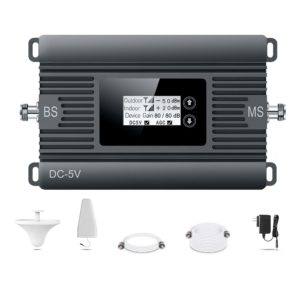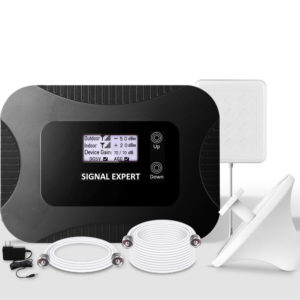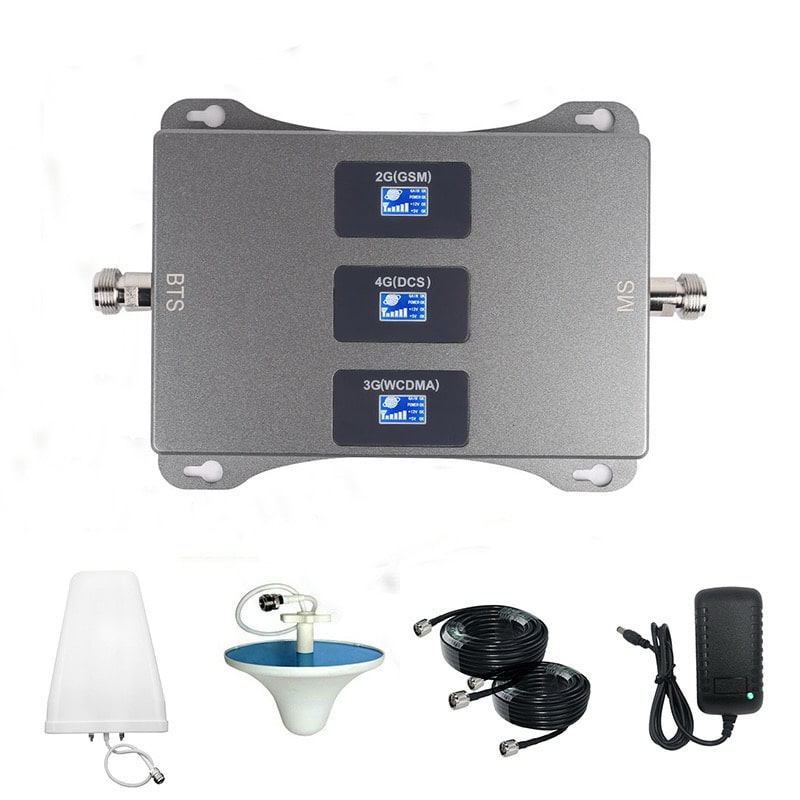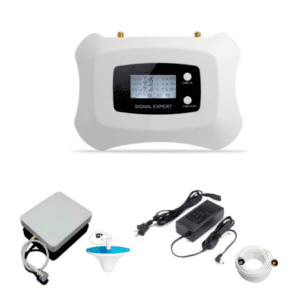Australian Mobile Network Frequencies
Mobile devices like smartphones, smartwatches, cellular-enabled tablets, wireless PoS machines, all use radio waves to communicate with mobile networks. There are three major mobile networks in Australia, being Telstr, Optus, and Vodafone, and they each use a variety of mobile network frequencies to allow their customers to connect to their various services. Understanding the Australian Mobile Network Frequencies is easy as compared to many other countries.
Understanding the Australian Mobile Network Frequencies will help you understand which LTE bands do you need? Or do you need a 3G connection? Let’s figure all of this out in the simplest manner.
Mobile Networks in Australia
As of August 2020, each of the three cellular carriers (Telstr, Vodafone, Optus) uses two broad groupings of cellular technology to allow customers to connect i.e., 3G & 4G. Remember Australia stopped the 2G services long back in 2018. The voice services in Australia are offered on 3G and 4G network frequencies by different cellular service providers. We will find out that later in this post.
3G Cellular Services
3G is also referred to as UMTS, HSPA, and HSPA+. It is a faster network access technology that also supports data and voice. Data download and upload speed is fast over 3G with the latest HSPA+ technology. A large chunk of the population still uses 3G for their voice and mobile internet data.
4G Cellular Services
4G is the latest and advanced technology. It is also known as LTE, and is primarily used for mobile internet data. Calls (voice) still goes through the 3G. But, if you are using VoLTE technology then you are making and receiving your voice calls on 4G network.
Compatible Mobile Devices for Australia
Since Australian Mobile Network frequencies are easy to understand. And, interestingly two of the three cellular service providers in the country use exactly the same frequencies to provide their services.
In Australia mostly the 3G services are offered at the same frequencies like 850 MHz, 900 MHz, and 2100 MHz. Whereas, the 4G is offered on 700 MHz, 1800 MHz, and 2600 MHz. There are a number of more common bands, but there is some far less common meaning.
It is important to note that the 2G devices don’t work in Australia. CDMA phones work in many countries but they usually don’t work in Australia unless they support 3G, and 4G LTE. So, the best idea is to buy yourself mobile devices that are compatible with the Australian Mobile Network Frequencies.
Australian 2G, 3G, and 4G / LTE Frequency Bands
The table below shows both 3G and 4G frequency bands used by the three major cellular service providers in the country.
| Cellular Provider | 3G | 4G/ LTE | |
| Optus | 900 MHZ 2100 MHZ |
Band 1 Band 3 Band 7 Band 28 Band 40
|
2100 MHz 1800 MHz 2600 MHz 700 MHz 2300 MHz
|
| Telstr | 850 MHz 2100 MHz |
Band 1 Band 3 Band 7 Band 8 Band 28
|
2100 MHz 1800 MHz 2600 MHz 900 MHz 700 MHz
|
| Vodafone | 850 MHz 900 MHz 2100 MHz (being reformed as 4G)
|
Band 3 Band 5 Band 1
|
1800 MHz 850 MHz 2100 MHz (Adelaide & Brisbane online)
|
The information above in the table is the most accurate to date. We will keep changing and updating the table to bring you the most updated and accurate information in case there is any change in the frequency bands used by the cellular service providers in the country.
It is important for you to buy your phone that supports these frequency bands. Usually, the smartphones used in today’s world are designed to work on the most used frequencies by the cellular networks across the country. Also, generally, the cellular phones sold in any country are those that work in that particular country. For instance, if you buy your phone from Australia then it would obviously work in the country. But, if you want to import your phone from some other country then you should check if the phone you are importing works on the frequencies used by the cellular networks in Australia.
Mobile Virtual Network Operators (MVNOs)
There are a significant number of MVNOs (Mobile Virtual Network Operators) in Australia. By the name MVNO you can understand simply that these are cellular operators that have virtual operations and don’t have their own infrastructure. These MVNOs use the underlying networks of one of the big three carriers listed above. Though the MVNOs keep changing the operators they take the services from. Usually, it is very easy to identify which cellular network your MVNO uses.
Below is the list of the MVNOs in Australia and the networks they use to offer their services. The list below is the most recently updated one. From this, you can have a good idea of who is using what.
| MVNO | Network Used |
| ACN | Optus |
| Truphone | – |
| Amaysim | Optus |
| Apex Telecom | Optus |
| Club Telecom | Optus |
| Coles Mobile | Optus |
| Commander | Optus |
| Community Telco | Optus |
| Dodo | Optus |
| Engin | Optus |
| E.Tel | Optus |
| Exetel | Optus |
| iinet | Optus |
| Jeenee Mobile | Optus |
| Live Connected | Optus |
| M2 Telecom | Optus |
| More Telecom | Optus |
| Ovo | Optus |
| iPrimus | Optus |
| Soul | Optus |
| Spintel | Optus |
| Startel Communications | Optus |
| Vaya | Optus |
| Virgin Mobile | Optus |
| Yomojo | Optus |
| Macquarie Telecom | Optus / Vodafone |
| Southern Phone | Optus/Telstr |
| Aldi Mobile | Telstr |
| Better Life Mobile | Telstr |
| Boost Mobile | Telstr |
| Lycamobile | Telstr |
| Tangerine | Telstr |
| Telechoice | Telstr |
| Woolworths Connect | Telstr |
| GoTalk | Vodafone |
| Hello Mobile | Vodafone |
| Just Mobile | Vodafone |
| Kisa | Vodafone |
| Kiss Mobile | Vodafone |
| Kogan Mobile | Vodafone |
| Lebara Mobile | Vodafone |
| PennyTel | Vodafone |
| Pivotel | Vodafone |
| Redbull Mobile | Vodafone |
| Revolution Telecom | Vodafone |
| Reward Mobile | Vodafone |
| SlimTel | Vodafone |
| TPG Mobile | Vodafone |
| TransACT | Vodafone |
| Planet Mobile | Vodafone / Telstr |
| Think Mobile | Vodafone / Telstr |
Mobile Phone Signal Boosters that Work on Australian Mobile Network Frequencies
You won’t deny the fact that at many places in Australia mobile signals are not strong enough to make uninterrupted communication. Obviously bad signal is not good for mobile users. They try to find solutions to resolve their mobile signal issues. The best solution to resolve the mobile signal issues is to use a good quality mobile phone signal booster.
It is important to note that there are many companies selling mobile phone signal boosters, but all the signal boosters are not good quality. ACMA doesn’t approve the use of the mobile signal boosters that don’t comply with their guidelines. ACMA may take legal action on the users of mobile phone signal boosters if they don’t use legal mobile signal boosters.
You should only choose the good quality mobile phone signal boosters that work on the exact same frequency used by the Australian cellular service providers. You can safely buy mobile phone signal boosters from our site as we only sell the best quality mobile signal boosters that are designed to work on the mobile network frequencies in Australia.
Go to our SHOP page and choose the signal booster based on your requirement. If you need any help in choosing the best signal booster for your need you can talk to our customer support team for help.






